Dance of the Kuksu
1985
by EricWhollem
watercolor and plastic emulsion and wax resist on paper
Collection of the artist.
9" x 6"
Copyright by the artist.
The Dream Religion of the Maidu Indians of California
This painting is a thumbnail of a larger work that was exhibited at the
Crocker Art Museum in the Crocker-Kingsley Show in 1986 in
Sacramento California.
The painting was bought by Herb Puffer of Pacific Western Traders
in Folsom, California. Mr. Puffer is a patron of Caliornia Indian art,
having helped tribal groups sustain traditonal dances, and supporting
the artists and craftsmen among them. He respected the fact that I had
interacted with Maidu cultural leaders in addition to making paints from
natural earth pigments in accordance with old traditions of painting.
Although I am not Maidu, I am friend of a Maidu family, having lived
off and on at Chi Chi Te, a Maidu village, for thirty-five years.
CONCOW MAIDU LORE IN THE PAINTINGS OF ERIC WHOLLEM
BIG HEADS
The Kuksu Religion is a dream-based metaphysical movement. Dreams
are considered the source of wisdom and foreknowledge. The best
dreamers among the people rise to become tribal leaders. Dreams are
netdim. Those who are dream doctors are netdim maidem.
Special power dreams dreamed at special dreaming places are the
basis of initiation as a warrior.
The Big Heads are so-named because they are dancers with huge
masks. They are featured in sacred dances of the Kuksu. The Big
Heads are related to the Kakinim, or spirits. The Saltu are another
order of spirit being. The word Kakinim is related to the Hopi word
Kachina.
CONCOW MAIDU RELIGION
REED BOATS
The Maidu were originally reed boat builders and are distant relatives
of the Mayans. Thor Heyerdahl made reed boats famous after his
legendary Kon Tiki Expedition out of Peru--and also his Ra Expedition
with a reed boat built of Egyptian papyrus that sailed across the Atlantic
Ocean. The Indians of the Tule Lake area north of Mt. Shasta and
various coastal tribes were also reed boat Indians of California.
Kuksu himself was the Maidu Adam. His wife, Morningstar, was the
Maidu Eve. They were born on Table Mountain above Oroville,
California. The Kuksu religion began in Oroville and spread to tribes
as far north as Mt. Shasta and as far south as Yosemite.
Some of the dancers in the sacred ceremonies wore fishing nets.
Such a net can be seen in the painting above. A sacred clown
named Sili wore mud plastered over his body; raven feathers
were placed in the fishing net that he wore.
CONCOW MAIDU CULTURE IN THE ART OF ERIC WHOLLEM
The crane dance is one important dance of the Kuksu dance cycle.
The crane dance is an archetypical dance and forms of it are found
in cultures around the world. The ancient Greeks called the crane
dance the Geranos. Marija Gimbutas, the anthropologist, said that
the movements in the crane dance are the basis of patterns found in
the form of the labyrinth. The Huichol Indians of Mexico also have
a crane dance.
The Maidu call the crane wukwuk or doritu. Crane feathers form
the cloak of Moki, the highest spirit in the Hesi dance cycle. Aki,
the duck, rules many of the dances in the Hesi group.
_____________________
See my posts about the Maidu Indians on this link:
See my posts on the topic of the Kuksu Religion on this link:
*
Maidu Indians, mythology, anthropology, abstract art, dreaming, Marija Gimbutas, Geranos, crane dance.
FIGURATIVE ABSTRACTION.
*
FIGURATIVE ABSTRACTION.
*
















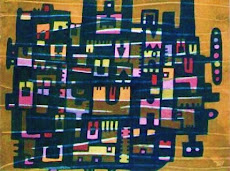


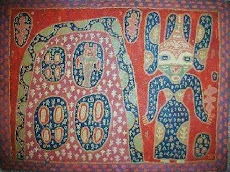






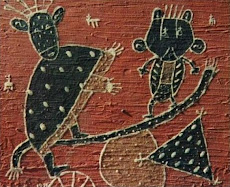


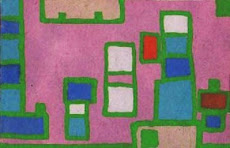




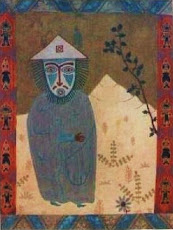



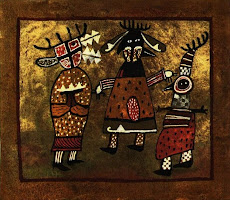






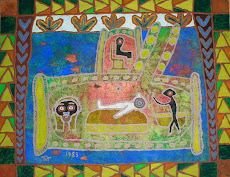




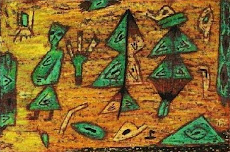
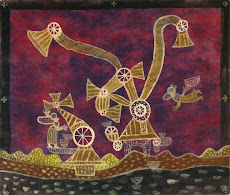






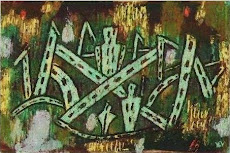
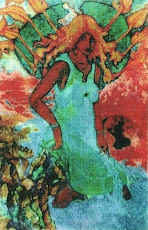

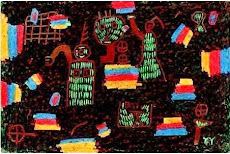
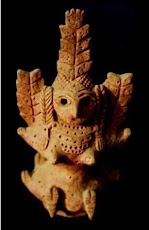
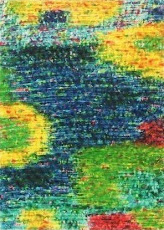




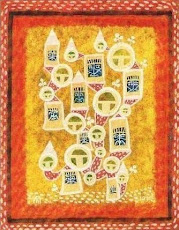
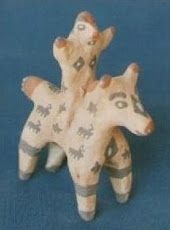
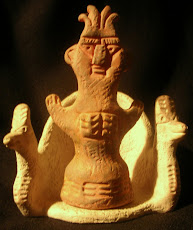
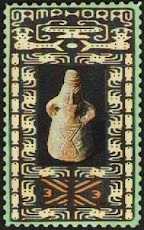
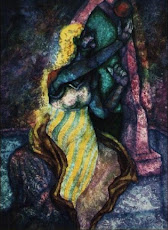
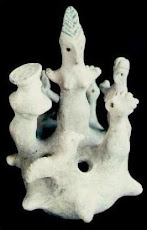

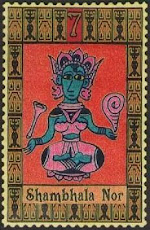

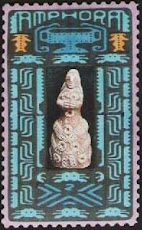
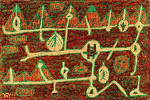

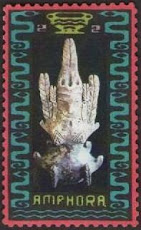



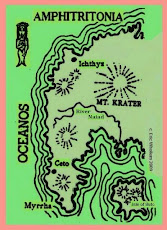
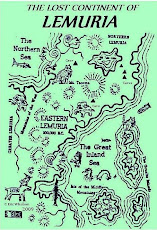
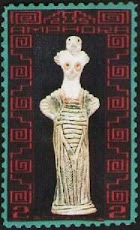



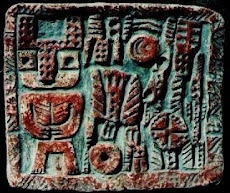

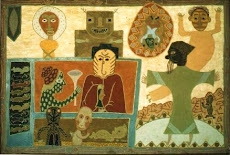





No comments:
Post a Comment
Inquiries, reactions, observations, favorites, commentary. Share with others.